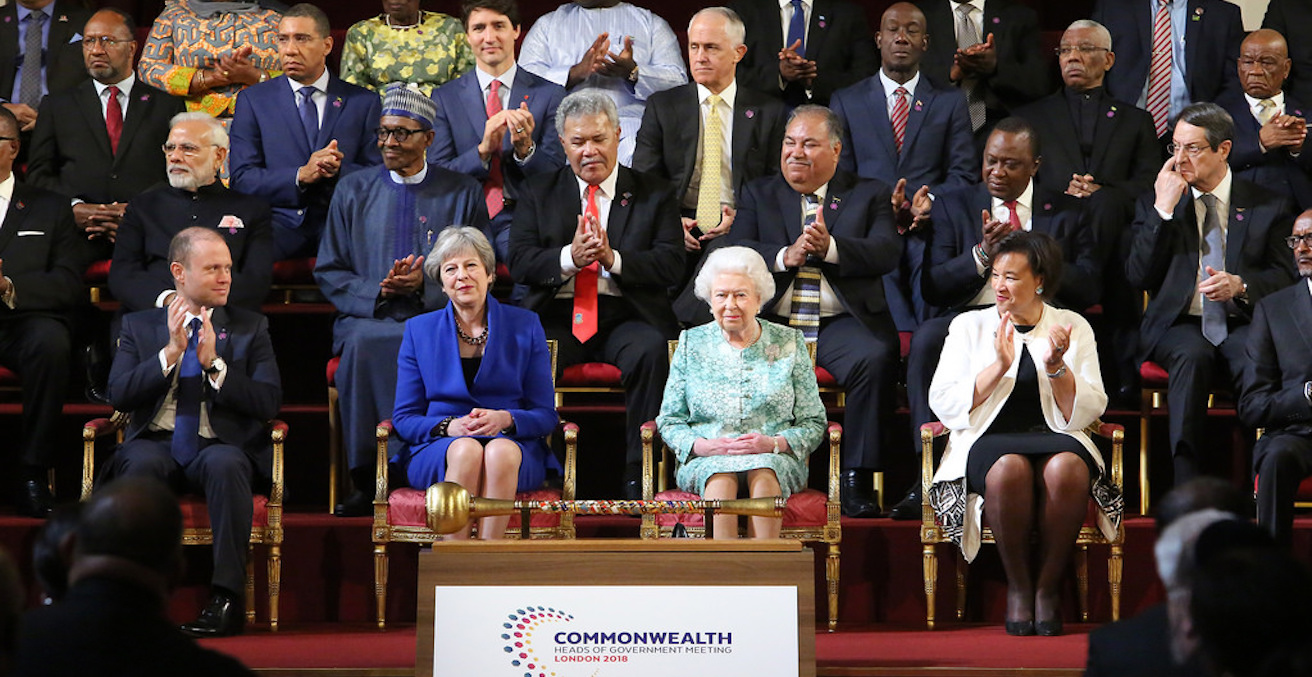
The United Kingdom of Great Britain and Northern Ireland (and including Gibraltar) held a referendum on the 23 June, 2016 which was basically a question of stay in the European Union or leave. Referendums in the UK are rare with elected representatives in Parliament being tasked to run the country and deal with all matters accordingly. Although in the UK referendums are not legally binding, the Government recognises that some issues are perceived to be outside party politics and a referendum can be held to gauge public opinion – an example was the question of capital punishment and following that referendum, capital punishment was abolished.
The 2016 referendum was in fact the second referendum involving Europe, the first having been held in 1975. Britain had joined what was then the European Economic Community in 1973 under Prime Minister Edward Heath and the people were asked if they wanted to stay. The result was an overwhelming “yes”. So what changed between 1975 and 2016? The short answer would be Maastricht 1992 and Lisbon 2009, but before considering their relevance, it is worth knowing something about the British, and in particular the English.
Much to the annoyance of their Continental colleagues and friends, the British have never really considered themselves to be “European”. They are not part of the European land mass, separated by the North Sea and the English Channel, albeit that at its narrowest point it is a distance of only 21 miles. Miles, you will note, and not kilometres, even though they went decimal years ago, it was never fully embraced. Road distances are still signed in miles (Leeds to London 200 miles) and the approaches to motorway exits are marked at 300 yards, 200 yards and 100 yards. They drive on the left, and whilst they might buy their petrol in litres, they like to judge car performance by miles per hour (mph) and miles per gallon (mpg). Even when buying a new car, the buyer had a choice of number plate style – with the blue EU/GB square or without, Needless to say, the majority chose without. Bottled or canned beer may come as 330 or 500 ml shown on the bottle or can but if you go into a pub and ask for half a litre of draught bitter, the landlord will look at you as if you have just arrived from Mars – sorry, you did mean a pint of bitter, didn’t you? One explanation for decimal reluctance lay in the fact that the UK economy was always more transatlantic with consumerism dominating post WW2, long shop hours and no lunchtime closing, and UK/US trading had feet and inches, pounds and gallons at the core. At the time of joining the EEC, the two great ports of England, Liverpool and Southampton, were very much focused on the West and global in terms of trade – following 1973, there began massive growth in the ports facing Europe such as Hull, Immingham and Felixstowe.
In the aftermath of Empire, Britain remained the heart of the Commonwealth of Nations, now comprising 54 countries with a population of 2.4 billion. Many were formerly part of the British Empire, joining the Commonwealth on independence and often retaining close links with the UK.
In the aftermath of Empire, Britain remained the heart of the Commonwealth of Nations, now comprising 54 countries with a population of 2.4 billion. Many were formerly part of the British Empire, joining the Commonwealth on independence and often retaining close links with the UK. Many of these links were trading links and can still be seen today on supermarket shelves and in high street stores – New Zealand lamb, Australian wool, New Zealand butter, and so on. Anti-Europe hardliners existed back in 1973, accusing the Government of turning its back on the Commonwealth and that feeling was also reflected in countries like Canada, Australia, and New Zealand. Although not strictly true the seeds of that perception were sewn and in the years following 1973 the UK Government always had to fight a rear-guard action when dealing with Brussels. All this came to the fore in 1992.

The Treaty of Maastricht, signed on 7 February, 1992 came into effect on 1 November, 1993. The UK Prime Minister at the time, John Major, entered into the Maastricht negotiations with the EEC in the certain knowledge that there were some aspects of the treaty that he could not accept, knowing full well that he would never get them through the House of Commons.
Not least was the clear path being taken by the EEC down the road to a much closer “federal” concept of Europe, a concept which was anathema not just to anti Europe hardliners, but also to a great many ordinary citizens.
Not least was the clear path being taken by the EEC down the road to a much closer “federal” concept of Europe, a concept which was anathema not just to anti Europe hardliners, but also to a great many ordinary citizens. In other words, the UK voters had been happy to join an economic organisation with benefits in trade and employment, but would be very much opposed to signing up to what was seen to be a “United States of Europe” (the same sentiment would resurface later when the Euro currency was proposed and the UK retained the Pound Sterling – the financial meltdown of 2008/9 and the Greek crisis perhaps proved that decision to be right)). The UK therefore negotiated an opt out from those parts of Maastricht it could not, and would not accept, creating what was then dubbed as a “Two Tier Europe”, marginalising Britain in some eyes. The Treaty of Lisbon, which became effective on 1 December, 2009, was in effect an amendment to Maastricht and the official move from EEC to EU.
The rot had set in for those opposed to the European ideal – an economic club was one thing, a centralised European federal administration was quite another. So the 2016 referendum took place and what was quite clear was that if the Brits voted with their heads, Remain would win, but is they voted with their hearts???? We all know what happened.
* The views and opinions expressed herein are those of the author only
Author of the article:
 A credit management consultant involved with credit for over 40 years, he has worked in various industries, including export. Glen has been a member of the CICM for more than 30 years and, in addition to being a past Chairman, also chairs its Technical Advisory Committee, serves on its Education Committee.
A credit management consultant involved with credit for over 40 years, he has worked in various industries, including export. Glen has been a member of the CICM for more than 30 years and, in addition to being a past Chairman, also chairs its Technical Advisory Committee, serves on its Education Committee.

